Popular on Food52
Continue After Advertisement
6 Comments
Sewassbe
January 2, 2014
What about my favorite, pimento-stuffed manzanilla olives? Also, I tried Castelvatranos at Christmas and while they were the most popular olive on my relish tray (they're just so sweet and crunchy-ish), I prefer the more intense saltiness of other olives. Plus, I know there are tons more varieties of olives than just this list - I'd love a more comprehensive run-down!
LauriL
January 1, 2014
Love, love olives! I've always been scared of the canned ones though! Good info!
Kate
December 31, 2013
Thanks for this guide! I always feel so lost at the olive bar — but my fiance is nuts about them, so I need to learn. Happy New Year!
dymnyno
December 31, 2013
All olives eventually turn black as they ripen. Green olives are picked before they turn black. When we pick our olives for oil, we pick when the olives are a mixture of black and green. We pick all our olives by hand, and I have never seen a olive harvesting machine, ever, in the Napa Valley. We grow about 5 different varietals of olives. And, for pickers, it is a cruel nature of olives that the biggest contain less oil than the little ones.
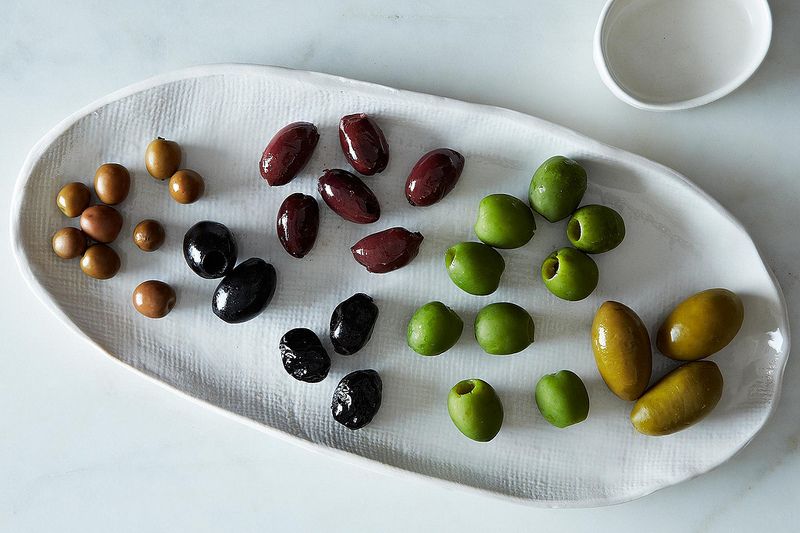
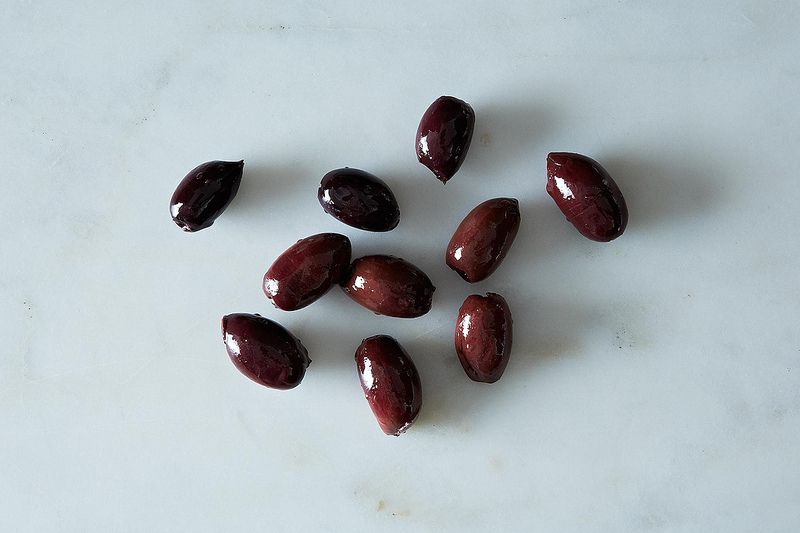
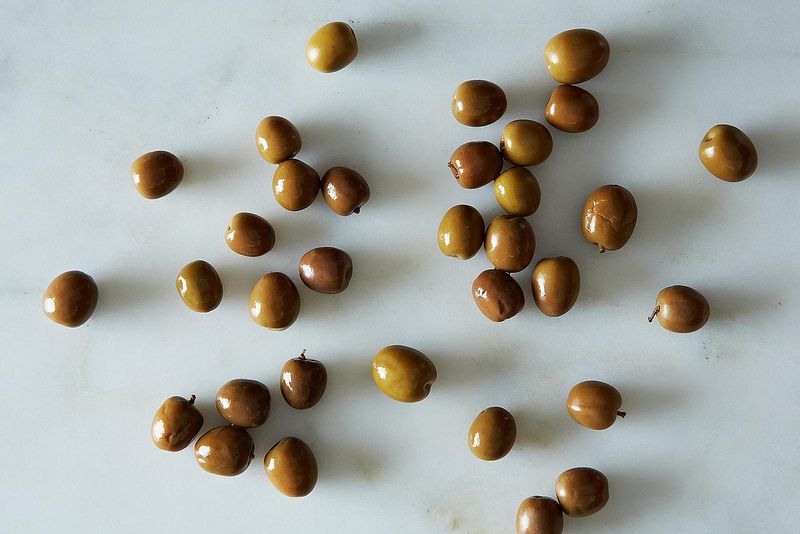
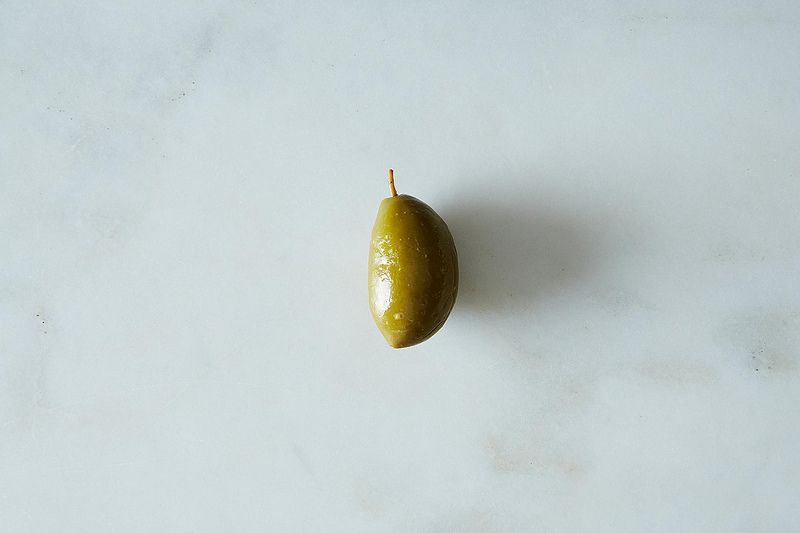
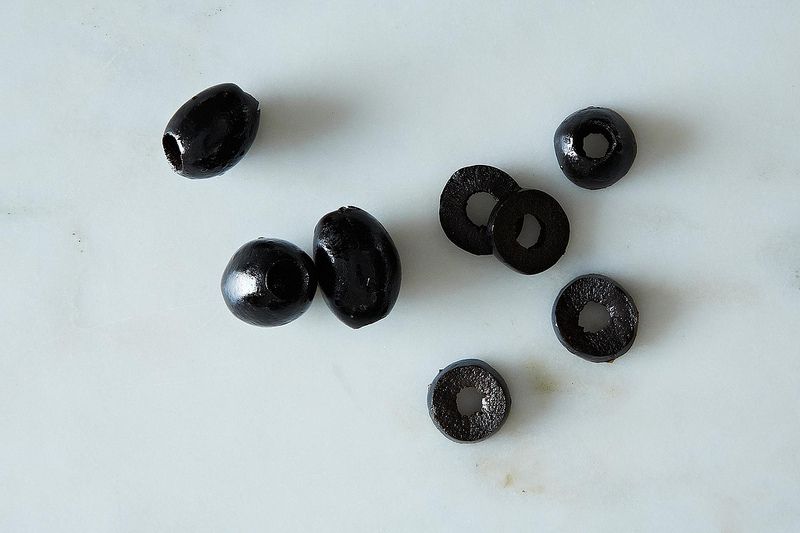
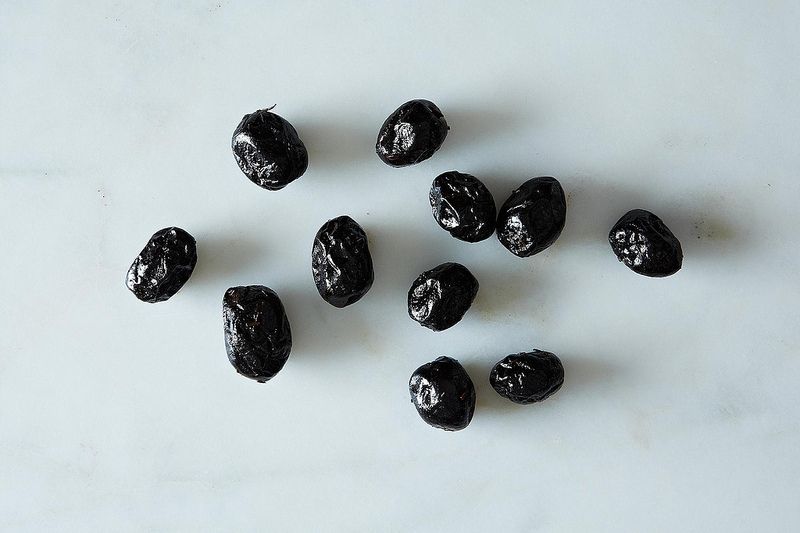
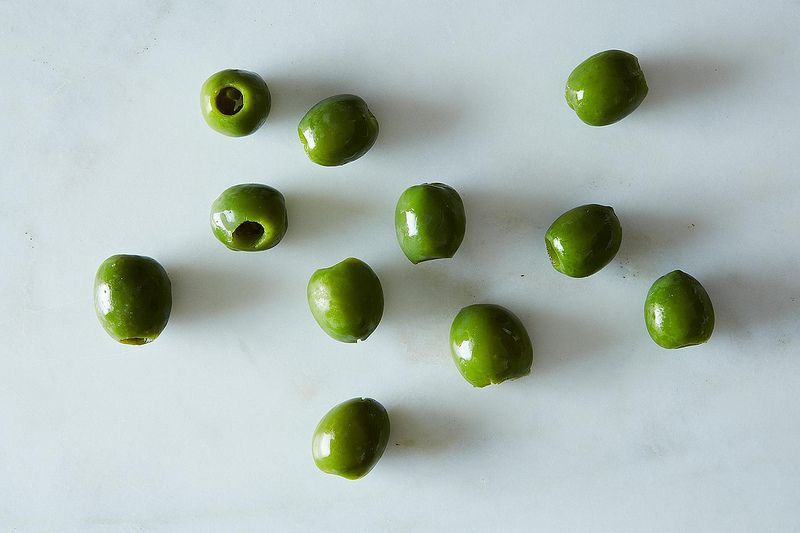

See what other Food52 readers are saying.